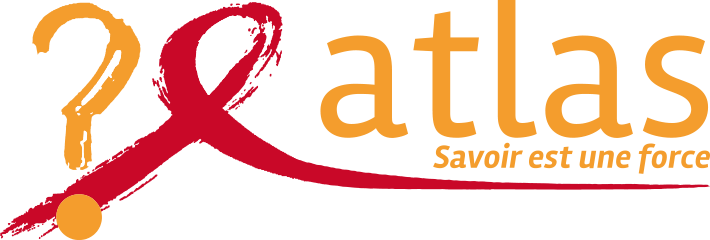Why the ATLAS Project ?
Addressing the challenges of HIV testing
United Nations Global Goal of “90-90-90 » : 90% of people living with HIV know their status by 2020.
To achieve these objectives, it is necessary to remove the barriers to screening and increase its access.
A specific epidemiological context in West and central Africa
Moderate HIV prevalence in the general population with a rate of 1.5%.
A concentrated epidemic : high prevalence and transmission rates among some vulnerable populations.
More than 30% of HIV-positive people do not know their HIV status.
Importance of implementing new screening strategies to reach these specific populations :
- In a specific socio-cultural context (stigmatization, barriers to demand for HIV testing)
- To go beyond the key populations already affected by existing programs.
What is the ATLAS project ?
HIV self-testing, a technological and societal innovation
The ATLAS project promotes HIV self-testing, a diagnostic tool approved by the World Health Organization that should be considered as a complementary method of testing.
Respond to stigmatization issues. Know your status when you decide to.
If the test is positive, access confirmatory testing and treatment as soon as possible. If it is negative, access prevention.
Make people aware of their health. To allow everyone to know their virological status where and when they wish.
Allow more people to have access to the diagnosis.
This initiative aims to reduce morbidity and mortality due to HIV/AIDS by improving access to HIV self-testing and ensuring an effective link with care.
Project objectives
1
Participate in the introduction and large-scale deployment of HIV self-testing.
2
Diversify distribution channels to reach the project’s target populations, encourage confirmatory testing and treatments.
3
Generate evidence on the outcomes and impact of interventions through scientific studies and promote them.
Key data
3 and a half years of implementation
Funding and support from Unitaid
400,000 self-tests distributed
Close collaboration with our institutional, community and research partners
